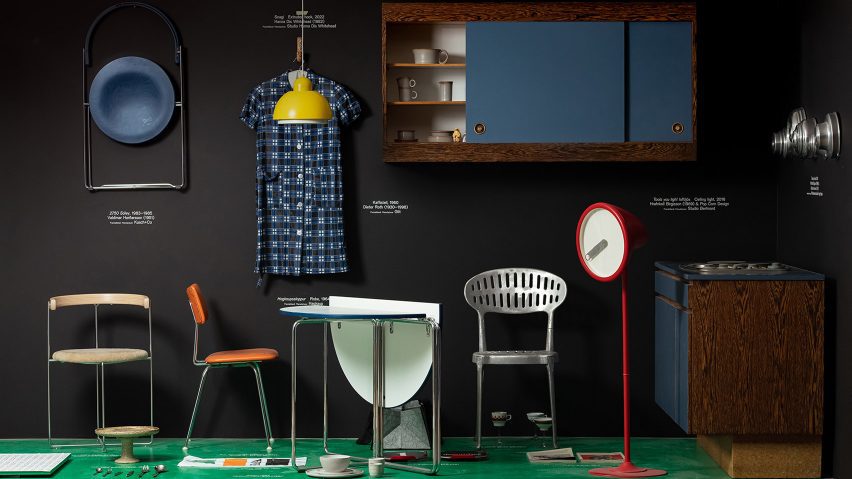
At Home in The Design Museum showcases the "eclectic" work of Icelandic designers
The Museum of Design and Applied Arts in Reykjavík's latest exhibition highlights Icelandic designs for the home. Curator Sigríður Sigujónsdóttir picks seven intriguing works from the show that opened during DesignMarch.
Named At Home in The Design Museum, the exhibition has been created as a display at the institution to showcase some of the 5,000 artefacts in its collection from the 20th and 21st century.
Arranged on a blueprint of a home, the items in the exhibition were chosen to demonstrate the breadth of items that have been created by Icelandic designers and will be periodically updated.
"The challenge was to set up an exhibition that offered the possibilities of interesting new layers to be placed on top of it," explained Sigujónsdóttir, who curated the exhibition alongside Anna Dröfn Ágústsdóttir, Arnar Freyr Guðmundsson and Birna Geirfinnsdóttir.
"The home was an obvious choice and the exhibition is set up as a floor plan of a home where objects in each room are eclectic," she added.
The curators hope that the exhibition, which will run until 2025, will not only act as an archive of historic pieces, but also inspire Icelandic and overseas visitors to create new works.
"We hope people can learn and be inspired by the past to create something new," said Sigujónsdóttir.
"Here you can observe how craftsmanship, cottage industry and mass production coincided in the first decades of the 20th century and how designers have pondered new questions regarding societal and technological changes and globalisation."
Here are Sigujónsdóttir's picks from the exhibition:
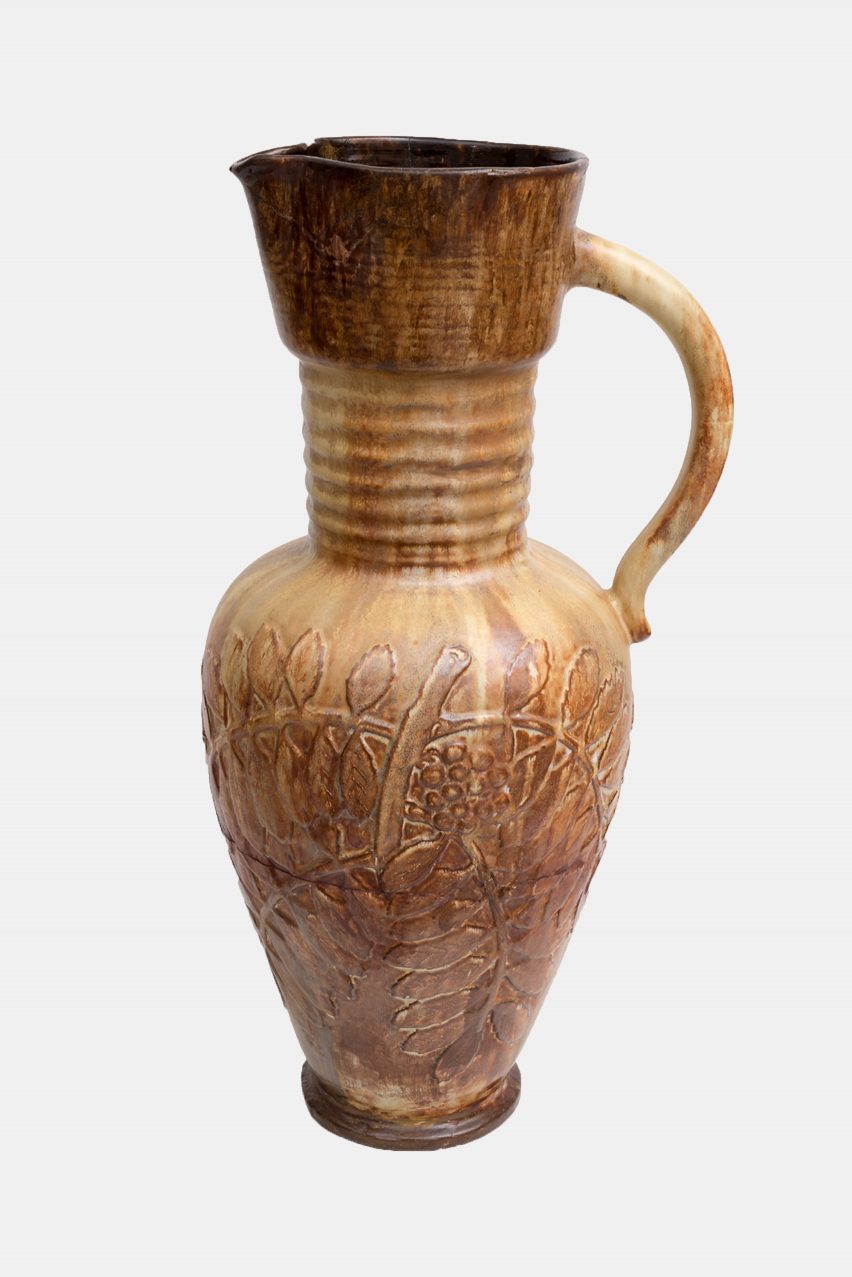
From the living room: Pitcher by Sveinn Einarsson and Lydia Pálsdóttir (1938)
"The pitcher was one of the objects sent as Iceland's contribution to the World Fair in New York in 1939 – the first time Iceland as a nation participated. The piece is beautifully decorated with a carved vine-pattern covering the bottom half of the pitcher. The forms and decorations are in the art deco style, which had dominated the art and design scenes in Europe and America from the end of the first world war.
"The sheer size of the pitcher required considerable strength during throwing. The pitcher is quite unique and both artistically and historically a very valuable artifact of Icelandic cultural history, as were the other objects that Iceland sent to the world fair."
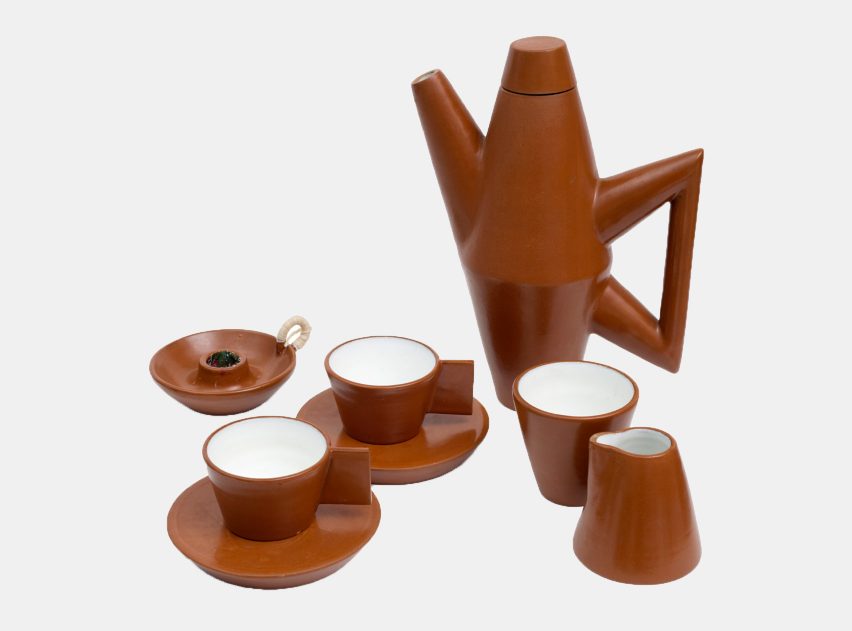
From the kitchen: Coffee Set by Dieter Roth (1960)
"This coffee set is an elegant example of the collaboration of artists Dieter Roth and Ragnar Kjartansson from a time when Glit was a small workshop in Óðinsgata in downtown Reykjavík.
"Old Glit, like it is often referred to, lured in artists that worked on throwing and decorating ceramics under Ragnar's sturdy direction, Ragnar Kjartansson being the company's artistic director at the time.
"Dieter Roth worked with Ragnar at Glit from 1960-61, pieces he made are much in demand today and no wonder since these are great works of art as evident in this coffee set from the museum's collection. The coffee set includes seven cups and saucers as well as other accessories."
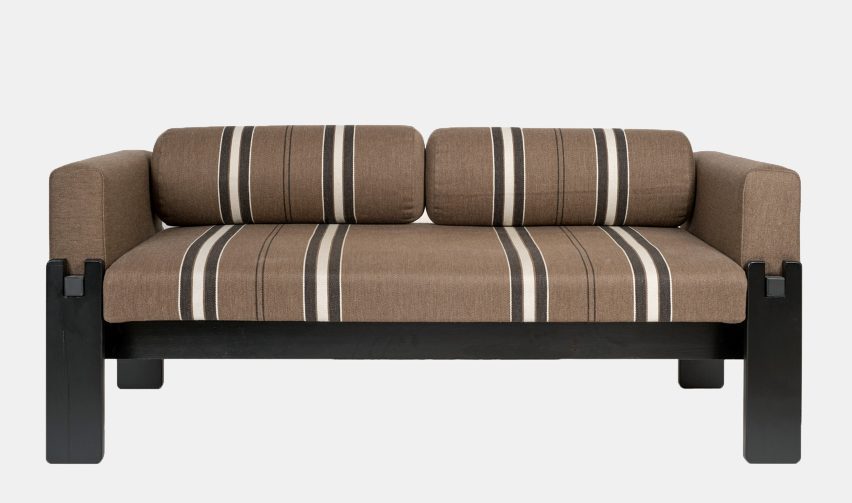
From the private room: Spíra sofa bed by Þorkell G Guðmundsson (1965)
"The Spira sofa takes its name from the simple system by which its sides are folded down and the sofa becomes a bed. In Icelandic, spíra means 'to sprout', and the sofa 'sprouts' in either direction. Designer Þorkell Guðmundsson also designed the prominent wool fabric for the sofa, which was produced in various colors for a number of years.
"He also patented the design that allows the user to change the sofa into a bed. The sofa was manufactured for many years, became a very popular piece of furniture in teen bedrooms and can still be found in Icelandic homes."
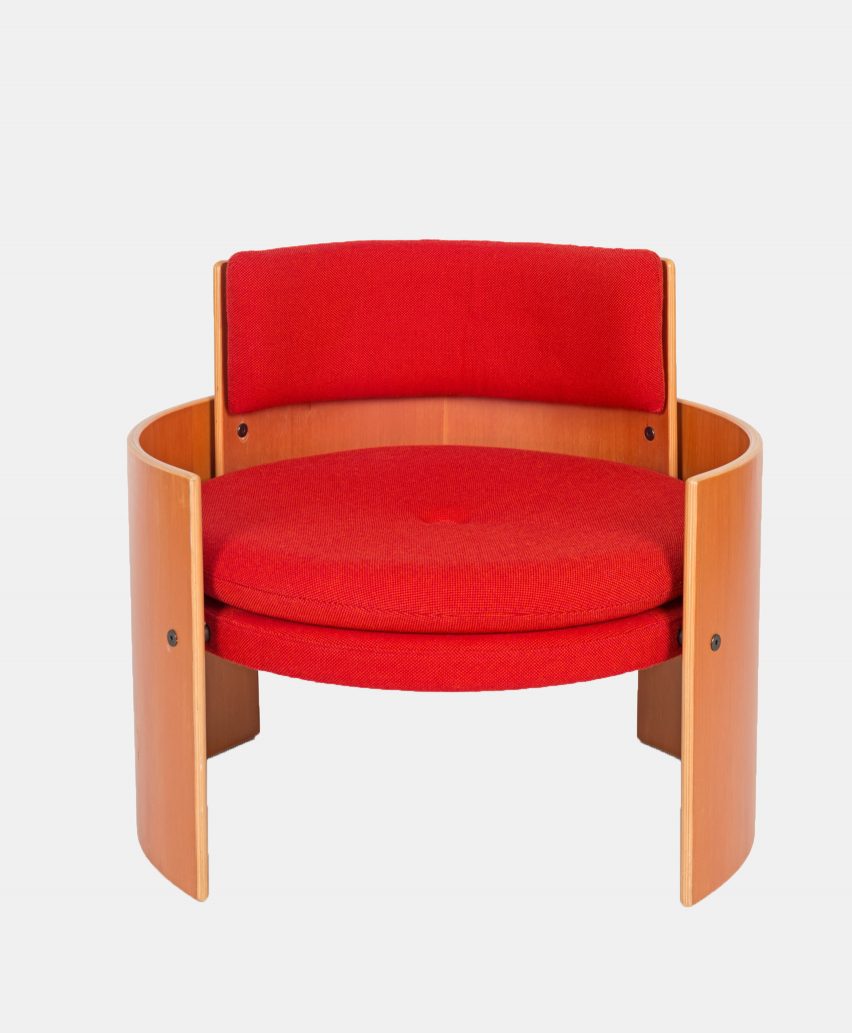
From the living room: Apollo lounge chair by Gunnar Magnússon (1969)
"Inspired by the Icelandic churn form, the Apollo suite is also a reference to the space age. This is an experiment with geometric forms – the circular form – where the external form revolves around the inner one.
"A button in the middle of the seat emphasizes the center, around which the other forms revolve. The form, texture and colors were innovative, in a pop culture spirit, and intended for the young and progressive. The Apollo suite, considered some of Gunnar Magnússon's most original, are an elegant testament to his sense of form and creativity."
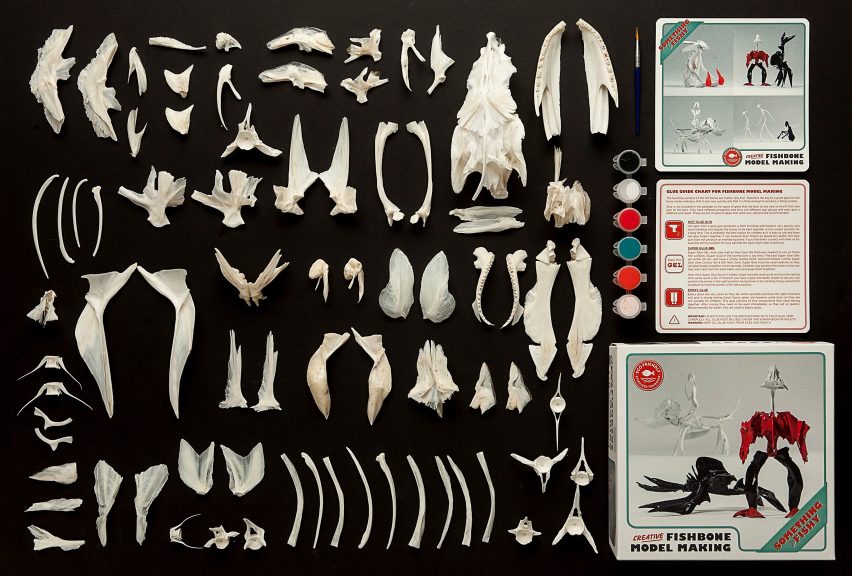
From the private room: Something Fishy by Róshildur Jónsdóttir (2013)
"While fish bones were sometimes used in little ornaments in the past, Something Fishy is based on innovation and a creative need that makes use of the fishing industry's by-products. The kit includes fish head bones, glue and paint.
"You can glue the fish bones together in any way imaginable and create anything from angels to spaceships, monsters and goblins. This was Róshildur's graduation project at the Iceland Academy of the Arts, but she decided to take it further and get it in production after graduation. The designer focuses on sustainability and recycling in this project."
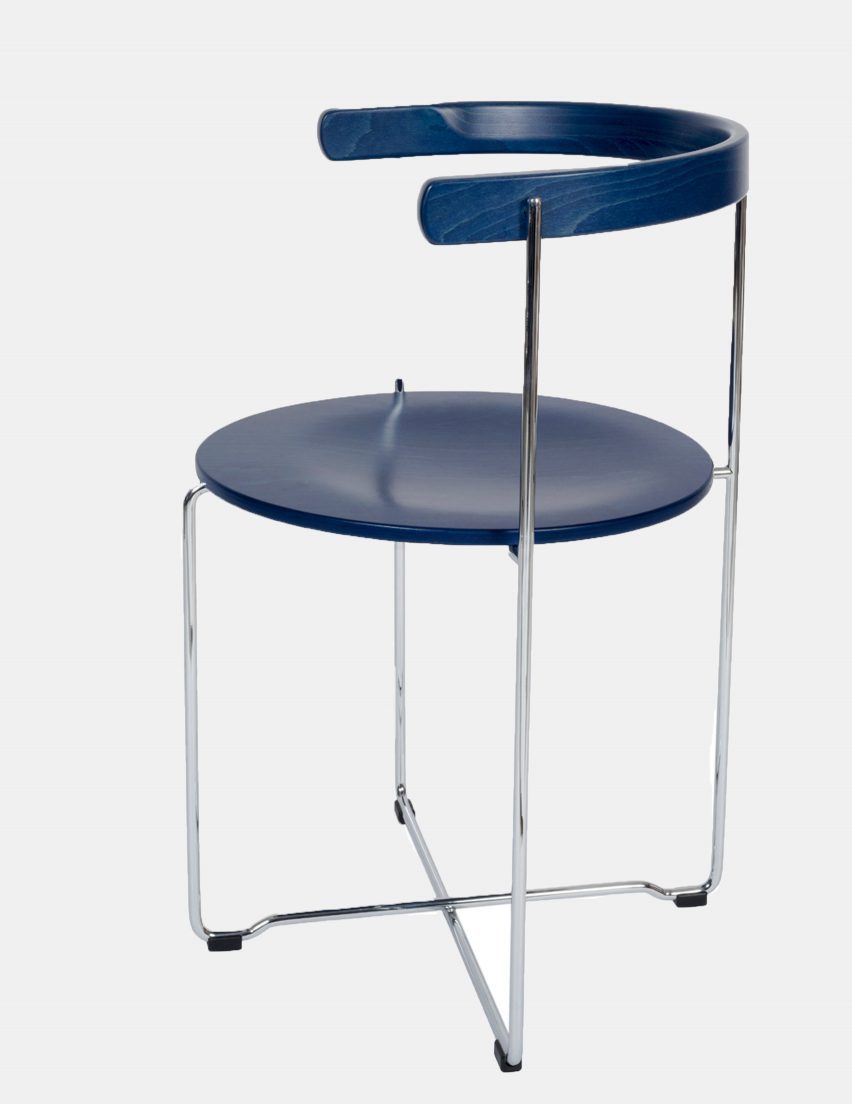
From the kitchen: Sóley foldable chair by Valdimar Harðarson (1983)
"Combining original concept with technical innovation, this chair has both formal simplicity and ready utility. It can be folded for easy storage. Unlike regular stacking chairs, which sometimes collapse when in use, the Sóley chair uses a sliding system in which the steel legs fold on a track on the rear bar.
"The chair garnered considerable attention and was for a while being sold all over the world but was discontinued in 2003. The Sóley chair went back into production a decade later due to high demand."
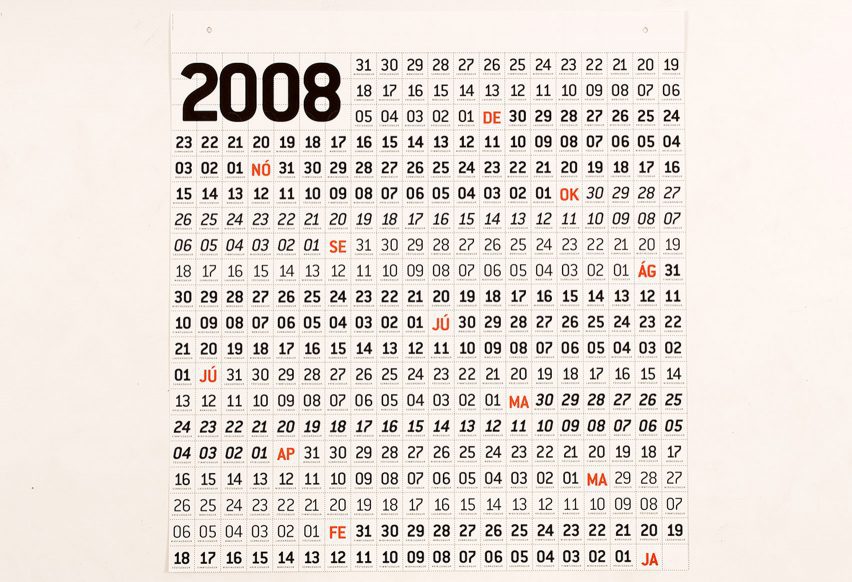
From the kitchen: Calendar by Snæfríð Þorsteins and Hildigunnur Gunnarsdóttir (2008)
"Calendars where you would tear off one piece of paper for each day were extremely popular in Iceland. They can still be found in people‘s homes, especially with the older generation, where the new date of each day appears and the pad then gradually becomes smaller.
"The designers brought this calendar into modernity where you can see all the days at the start of the year, although it will diminish once you start tearing the days off one by one. A whole year seems like a short time when every day of the year is conscientiously numbered on a flat piece of paper but this piece warrants a worthy stop to explore this phenomenon that is time."
The lead photo is by Stúdíó Fræ.
DesignMarch took place in Iceland during 3 to 7 May. For more events, exhibitions and talks in architecture and design visit Dezeen Events Guide.